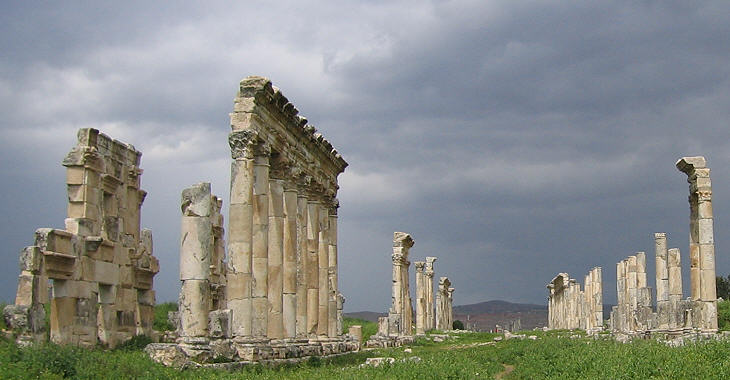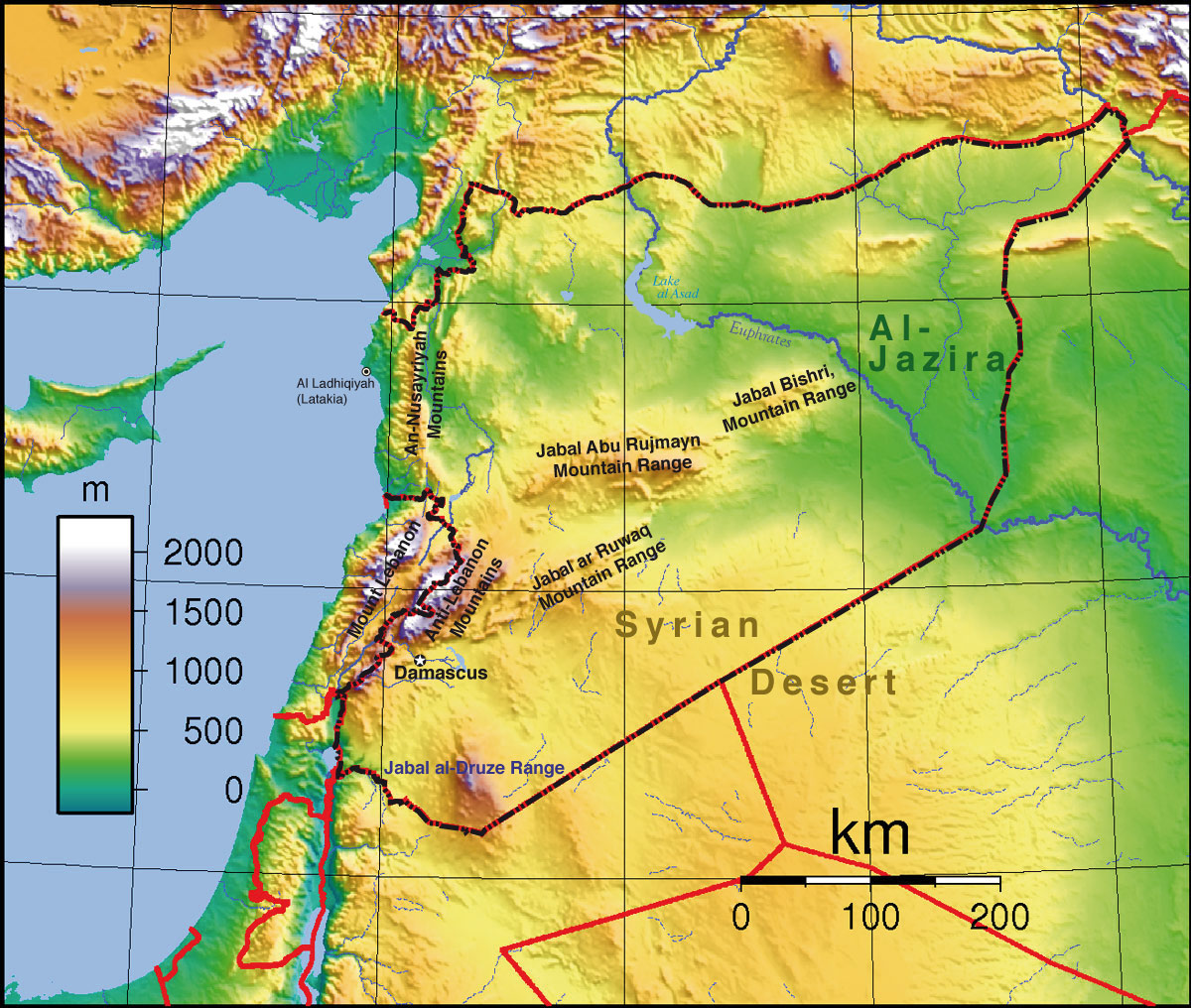Food and Hospitality The Syrian Way
Every culture has aspects that connect its people; art, music, and dance are all such aspects, but one part that really brings together not only people of a culture but people outside the culture is food. As such, here as some popular Syrian dishes that one can be sure to find around the country.
Kibbeh
Kibeh is a food that is popular not only in Syria, but across the Middle East as well. It is made of cracked wheat - called bulghur - and can be made with minced onions, mint, and various other herbs, and is stuffed with either lamb, camel, goat, or beef. It is widely enjoyed, and as most dishes tend to exist, can be found made in a variety of ways.
Kufta Kabab
Kababs (kebob, kabob, there are many spellings) is something that people outside of the Middle East can identify. In Syrian culture, these delicious skewers of meat are most commonly made with lamb, onion, garlic, parsley, mint, and a variety of other spices and herbs. This is a common food piece in many countries around Syria as well, and as expected, varieties are plenty.
Markook (or Sajj)
Markook (or Sajj) is a flat bread that is cooked on a convex metal dome. It is stretched thinly over the dome as dough, and is similar to pita bread. It is a large part of the Syrian diet, as bread is common at meals in the Middle East.
Kibbeh Recipe
Prep Time: 40 minutes
Cook Time: 10 minutes
Total Time: 50 minutes
Ingredients:
- 2 lbs finely ground beef or lamb, lean, divided
- 1/2 lb. bulghur cracked wheat, medium or #2
- 1 teaspoon salt, plus 1/2 teaspoon
- 1 teaspoon pepper, plus 1/2 teaspoon
- 1 teaspoon allspice
- 1/4 teaspoon cumin
- 2 medium onions, 1 finely chopped, and 1 coarsely chopped, divided
- 1/2 cup toasted pine nuts (optional)
- 2 tablespoons olive oil
- vegetable oil for frying
Preparation:
In a medium bowl, soak wheat for 30 minutes in cold water. Remove and drain. Remove excess water by squeezing through thick paper towel or cheesecloth. Place into medium bowl and combine with 1 lb. meat, coarsely chopped onion, 1 teaspoon salt and 1 teaspoon pepper.Preparation:
Combine well and place small amount in food processor until dough-like consistency. You can slowly add an ice cube at a time during processing if needed. Place mixture aside, covered. Instead of using a food processor, you can use a mortar and pestle, however it will take you over an hour to achieve desired consistency.
Prepare Kibbeh Stuffing
In a medium frying pan, saute the finely chopped onion in olive oil. Add pine nuts if desired. Add ground lamb or beef and chop well with wooden spoon or spatula to ensure the meat is chopped. Add allspice, salt, pepper, and cumin. Once beef is light brown, remove from heat. Allow to cool for 10 minutes.
Assemble Kibbeh and Fry
Take an egg sized amount of shell mixture and form into a ball. With your finger, poke a hole in the ball, making a space for filling. Add filling and pinch the top to seal the ball. You can then shape it into a point, or football shape, or leave as a ball.
Fry in 350 degree oil on stove top or in deep fryer for about 10 minutes or until golden brown. Drain on paper towels. Makes 25 medium sized kibbeh.
A Common Act of Hospitality
People in Western culture (namely America) have a deep aversion to strangers. A family is wary of strangers walking by them at night, and as for inviting a stranger in, you can be sure there is a mental debate about whether or not to let them through the threshold. Now, of course not all people in Western culture are like this, but I know that my family is like this, and I know a fairly decent amount of other families that think the same way. Fear of the unknown - it's a standard human fear. So one would think that Syria would follow similar rules right?
Wrong.
In Syria, hospitality is abundant. One can find many stories of how a random Syrian person invited the tourist for tea or coffee and refused to let them pay, or how a Syrian household let a complete stranger stay in their guest room (one that is often very decorated) without fears. One might not even be asked what they're doing or who they are by the homeowner until three days after they arrive! Every culture is different, and I know that hearing about the unbridled hospitality that Syrians (and other Middle Eastern peoples) have towards guests and strangers, I was baffled. I could simply not imagine letting an unknown person into my home, let alone not caring to ask who they are and what they are doing until three days later! That is why cultures are different though, and it is important to be able to learn about what makes them so.












